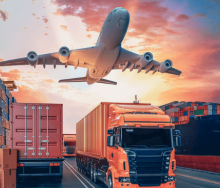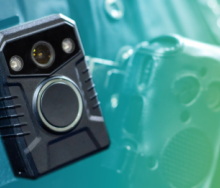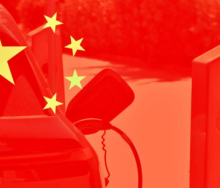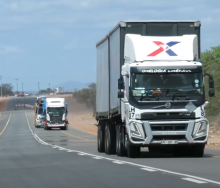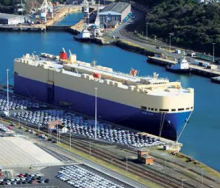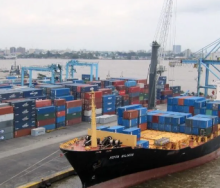Long-haul transporters and related cross-border cargo operators serving the Copperbelt region are reacting with mixed feelings this morning to news coming out of Zambia that the police and traffic officials in that country have been “directed to rid roads of insanity”.
That’s according to a local radio station in Lusaka, reporting that law enforcers have been ordered to “ensure that no trucks are allowed to park at undesignated spots on the road while truck parks remain empty, including those currently parked along the road towards Kasumbalesa border”.
The development comes as both governments north and south of the heavily congested choke-point scramble to deal with a variety of backlog-causing issues.
South of the busy transit into the Democratic Republic of the Congo (DRC), Zambia’s Minister of Transport and Logistics, Frank Tayali, apparently said “even trucks that are currently marooned between Kitwe and Kasumbalesa due to the situation at that crossing, must be directed to various truck parks designated along the route, and only allowed to be on the road once they are cleared to cross the border”.
Generally speaking, this is not a bad idea, say some hauliers using the north-south route to serve clients working mainly in the mining industry of the south-eastern DRC.
One-stop border post consultant, Mike Fitzmaurice, said separating the wheat from the chaff, so to speak, meant separating those with pre-cleared cargo documentation from those that weren’t complying, had worked well to decongest Beitbridge, the southernmost transit on the route.
As chief executive of the Federation of East and Southern African Road Transport Associations, he said it was one of the most successful interventions to control traffic volume heading towards a border prone to bottlenecking.
Intervention, though, is one thing, implementation quite another.
Although lauding the institution of similar cleared/un-cleared load strategies for Kasumbalesa, Fitzmaurice flagged two issues: are there enough truck parks south of the crossing to start with, and will the release of trucks from these parks be controlled?
A bulk liquid haulier responded, saying there were enough good parks in the area but the problem was that too many trucks arrived with un-cleared cargo – a situation since confirmed by customs personnel in the DRC.
What happens then is that drivers with paperwork not in order creates such a glut of administrative work that those who comply can’t access the border.
A clearing agent based in Musina added that cleared trucks should also not be forced to head to truck parks.
All things said and done, pre-clearance ‘green-flow’ benefits for compliant transporters could do the trick.
As could the orderly marshalling of trucks carrying un-cleared cargo into waiting areas, fee-leniency by truck parks, and attendant methods to clear the queue south of Kasumbalesa could all work to decongest the border, provided it was done fairly and with trade facilitation in mind.
Zambia alone believes it could save up to $700 million per annum, a figure the Lusaka radio station mentioned in relation to losses stemming from cross-border trade impediments.
Detractors though, who over the years have lost faith in the ability of authorities to resolve bottlenecking at borders such as Kasumbulesa, have heaped scorn on Zambia’s announcement “to rid roads of insanity”.
Trusting law enforcers with a carte blanche approach to decongestion, is to encourage bribery, as many transporters, especially those with incomplete documentation, will do whatever is necessary to complete their journeys.
As one operator once said: congestion equals chaos, and chaos means opportunity.

